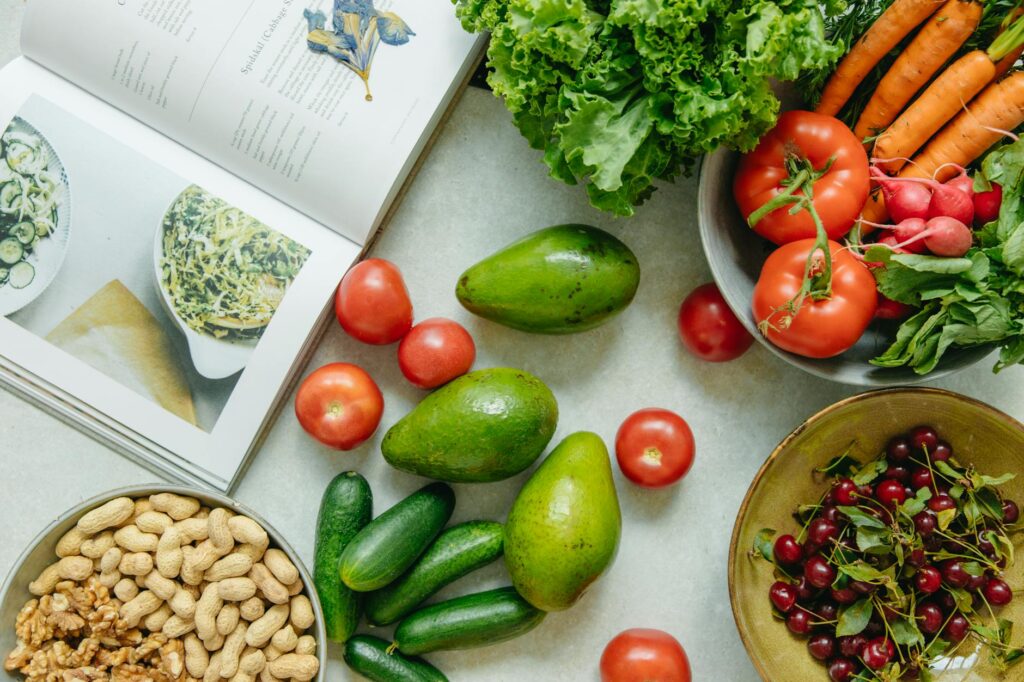Plant to Plate: Transforming Your Backyard into a Food Garden Oasis
Discover the secrets to transforming your backyard into a lush food garden oasis and experience the joy of growing your own food. Image courtesy of Lisa Fotios via Pexels Table of Contents Benefits of Food Gardens Getting Started Tips for Maximizing Your Garden Space Creating a Sustainable Garden Enjoying the Fruits of Your Labor Conclusion Food gardens have become increasingly popular in recent years as more people seek to enjoy the benefits of growing their own produce. From the satisfaction of harvesting your own fresh ingredients to the environmental impact of reducing food miles, there are numerous reasons to consider transforming your backyard into a food garden oasis. In this blog post, we will explore the steps to start your own food garden and share some tips on how to make the most of your garden space. Benefits of Food Gardens Food gardens offer a wide range of benefits, both for individuals and for the environment. By growing your own food, you can enjoy the following advantages: Access to fresh, organic produce Reduction in food waste Satisfaction of self-sufficiency Health benefits of eating fresh fruits and vegetables Environmental benefits of reducing carbon footprint Getting Started Starting a food garden may seem daunting, but with a few simple steps, you can have your own thriving garden in no time: Choose a location with adequate sunlight Prepare the soil by adding compost or organic matter Select plants that are suited to your climate and growing conditions Water your plants regularly and watch them grow Tips for Maximizing Your Garden Space If you have limited space in your backyard, don’t worry – there are still plenty of ways to make the most of your garden area: Consider vertical gardening to save space Plant in containers or raised beds for easy maintenance Utilize companion planting to maximize space and discourage pests Rotate crops to prevent depletion of nutrients in the soil Creating a Sustainable Garden One of the key benefits of food gardens is their sustainability. By following eco-friendly practices in your garden, you can further reduce your environmental impact: Use organic fertilizers and pesticides to avoid harmful chemicals Harvest rainwater for irrigation to conserve water Compost kitchen scraps to reduce waste and improve soil health Attract pollinators like bees and butterflies to promote biodiversity Enjoying the Fruits of Your Labor Once your food garden is up and running, you can look forward to enjoying a variety of fresh produce right from your backyard. From vibrant tomatoes and crisp lettuce to fragrant herbs and juicy berries, the possibilities are endless. Whether you use your homegrown ingredients in salads, smoothies, or savory dishes, you will savor the flavors of your garden with every bite. Conclusion Transforming your backyard into a food garden oasis is a rewarding experience that offers a multitude of benefits for both you and the environment. By following the steps outlined in this blog post and incorporating sustainable practices into your gardening routine, you can enjoy a bountiful harvest of fresh, organic produce while reducing your carbon footprint. So roll up your sleeves, grab your gardening gloves, and start planting your way to a healthier, more sustainable lifestyle today!
Plant to Plate: Transforming Your Backyard into a Food Garden Oasis Read More »










